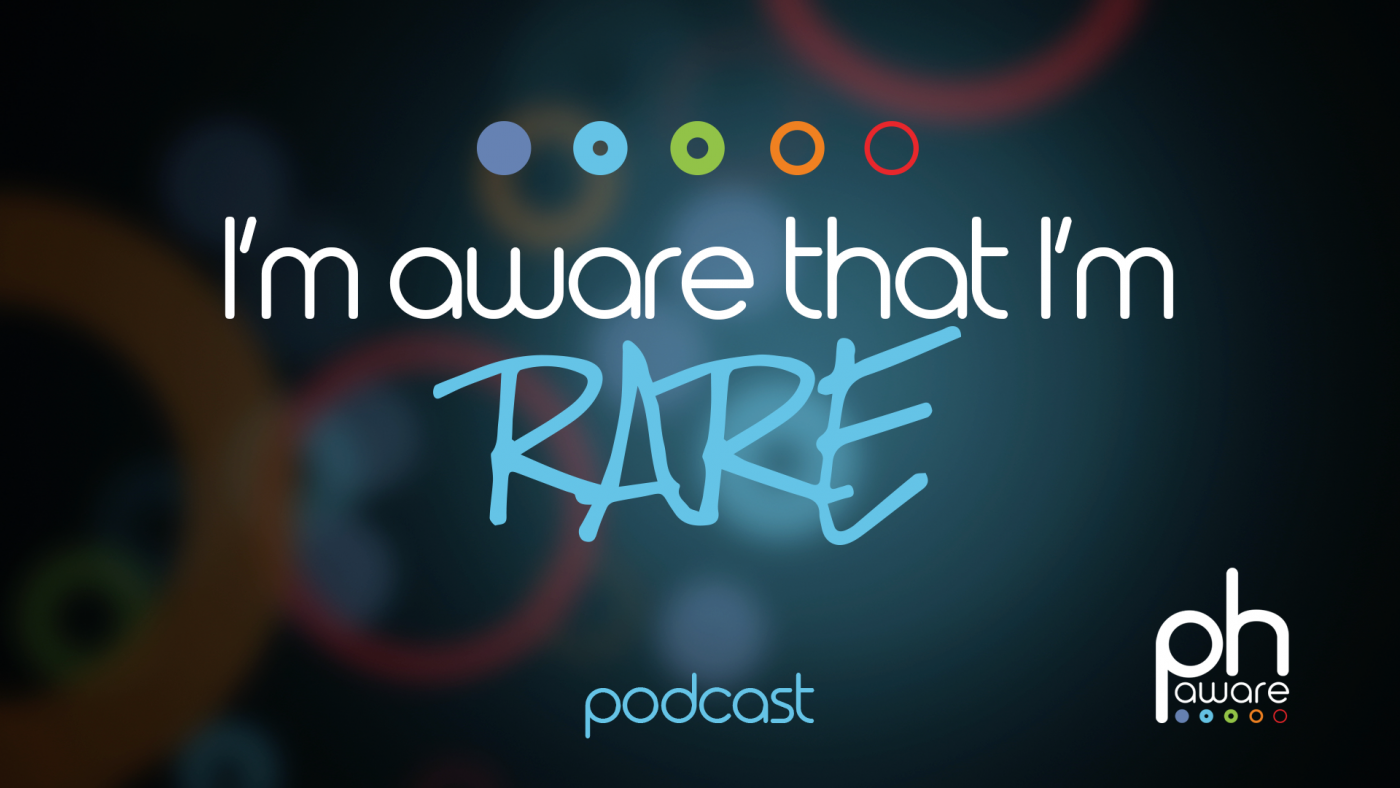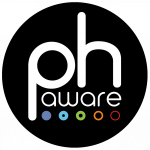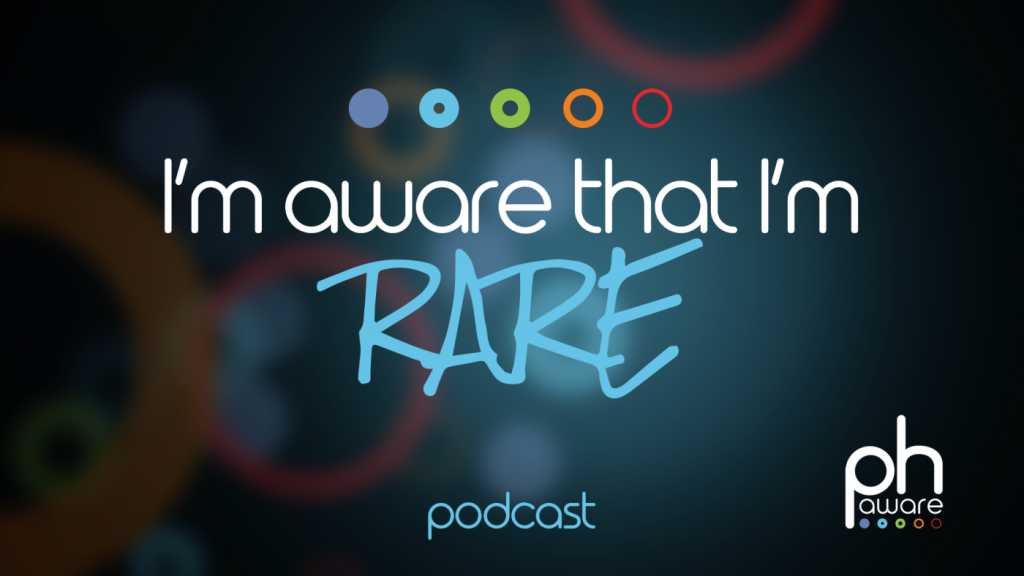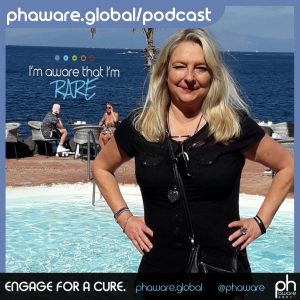Phaware Podcast: Anne Jung Recalls Her Diagnosis and Life-saving Operation

This podcast series, created and produced by phaware, is being offered as a regular guest feature on Pulmonary Hypertension News to bring the voices and life experiences of PH patients, family members, caregivers, healthcare specialists, and others to our readers. You may listen to the podcast directly, or read it via the transcript that runs below.
I’m Aware That I’m Rare: Anne Jung
The phaware™ interview
Anne Jung is a Spaniard with pulmonary hypertension. She shares the story of her diagnosis, the importance of doctors spotting PH early, the operation that saved her, and World Pulmonary Hypertension Day, which originated in Spain in 2012. Spanish PH activists chose May 5 as #WorldPHDay because it was the day more than 30 years ago when the first Spanish child died of pulmonary hypertension — the result of eating toxic rapeseed oil. PH organizations across the globe have since adopted May 5 as World PH Day.
My name is Anne Jung and I’m from Spain. I’m a CTEPH [chronic thromboembolic pulmonary hypertension] patient and member of the National Association in Spain.
After suffering several thrombotic episodes, since the age of 19, I was diagnosed in 1997 with a rare bleeding disorder called hypofibrinogenemia. This is a combined defect that involves both low levels of [the protein] fibrinogen and impaired function of the small amount of fibrinogen, so and consequently, it’s little studied.
The symptomatology varies by person. There are persons who suffer bleeding and others, like me, who have a thrombotic [blood-clotting] tendency. At 23, I had another thrombotic episode, and it was bad without sequels. Since then, I have been followed up by hematology.

In October 2010, I started to feel very bad, and with the slightest effort, my heart began to beat like mad, and I could not take three straight steps without getting tired. So I realized quickly that something was wrong, and I was very scared.
After 24 hours in the emergency room, and several tests, suddenly I was taken to the ICU with a diagnosis of massive bilateral thromboembolism with a pneumony in the right lung, and with a plural effusion.
With treatment for the embolism, after four weeks in the hospital, I returned home, but I did not feel better. I still had the same symptoms as before my first admission. I felt very bad, and very tired.
Walking and less up the stairs was impossible, and I just wanted to lie on the couch, so I went to a cardiologist who, after an echo, confirmed me and sent me urgently to enter into the hospital again.
Now, after passing new tests, they confirmed the diagnosis of pulmonary hypertension and re-thrombosis on chronic thrombosis. I had 60% of the main pulmonary arterials clogged, and my functional class was at this moment 4.
When I heard the diagnosis, I was very sad, and very confused. Now, all was going on very, very quickly. The doctors told me about an operation that was going to save my life, and in most cases, up to healing, because CTEPH is the only form of PH that is potentially curable.
Now, in March 2011 came the day of my surgery, and luckily, everything went well. Now, six years later, after my surgery, I’m feeling much better and my functional class is 2.
I think it’s very important to have a quick diagnosis because PH is very difficult to diagnose, there is a diagnostic delay [of between] about three and five years.
We must give the highest priority to the diagnosis, since a person with this disease and without treatment has a shorter life expectancy. If the symptoms are not treated properly, it can lead to life-threatening, so it’s very important, and after diagnosis, for example, in my case, I felt completely alone.
I had never heard before talking about pulmonary hypertension, so newly diagnosed patients need advice and support. Other people do not understand you, because a person with PH does not look sick, and so I was looking for a group with the same disease like me.
My doctor told me about the [National Spain Pulmonary Hypertension] Association, where I found people who understand me because they have the same problems as me. At the moment, the association is my greatest support, and formed by very, very special people and big fighters.
They help support patients and their families. They inform and advise with psychology, social work department, they give legal advice, and of course, invest for research. They are doing a very, very important labor for us, and they are also part of the PHA Europe, and I’m very glad to found all these wonderful people, and say thanks to all, because they are doing a really very great job.
The association organizes different awareness activities, like sports events, inside, outside, galas, many other things, and is very proud of this event, the World Pulmonary Hypertension Day, May 5th. Since was hosted and organized this first celebration of the World PH Day, which was held in Spain in 2012. Since then, this date has been agreed by all patient associations, and different activities are celebrated worldwide at that day.
So, we have to raise awareness around the world. Together, we are strong and make the disease known. We have to fight that everyone all over the world has access to the drugs.
Now, finally, I want to say I’m not completely cured, but I can do so many things that I could not do before, and enjoy much more the small things in life.
The scar on my chest makes me proud, and gives me strength. I would like to transmit my positive energy and give encouragement and strength to all. Life is a gift that one should never, never give up, and we need a cure.
My name is Anne Jung, and I am aware that I am rare.
EVERYBODY HAS A STORY. WHAT’S YOURS?
phaware wants to share your pulmonary hypertension story with their engaged global audience. Whether you are a patient, caregiver, or medical professional, they are enlisting PH community members from across the globe. Visit www.phaware.global/podcast to share your story and to be considered for a future episode.And learn more about pulmonary hypertension at www.phaware.global. #phaware #phawarepod

Note: Pulmonary Hypertension News is strictly a news and information website about the disease. It does not provide medical advice, diagnosis, or treatment. This content is not intended to be a substitute for professional medical advice, diagnosis, or treatment. Always seek the advice of your physician or other qualified health provider with any questions you may have regarding a medical condition. Never disregard professional medical advice or delay in seeking it because of something you have read on this website. The opinions expressed in this column are not those of Pulmonary Hypertension News or its parent company, Bionews Services, and are intended to spark discussion about issues pertaining to pulmonary hypertension.









Sarah Brackett
Very interesting article! I am also a CTEPH patient. I went for six years being misdiagnosed by doctors who did not look at my history of three pulmonary embolis and other obvious symptoms. I was very sick and getting sicker in that time. Finally when I was in heart failure and very near the end I was finally carried to the right doctor who got me on oxygen immediately and to cardiologists who put me on tracleer and to PH specialists who added adcirca. For six years I got better and better. Pulmonary rehab, great medicines, support thru groups, other PH patients. I was put on Adempas when it came on the market. I got much better still. Finally was sent to Philadelphia at Temple University Hospital to be evaluated and was found to have no blood flow in the bottom of my lungs. After a few months of testing and procedures I had PTE surgery on 6-1-15. I am now off oxygen and other meds, many of them. I am doing great, trying to help others and feeling blessed and grateful every day to the wonderful doctors at Temple and Inova Fairfax Hospital for giving me my life back.